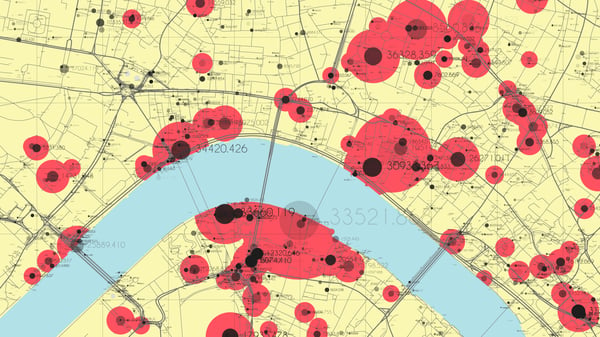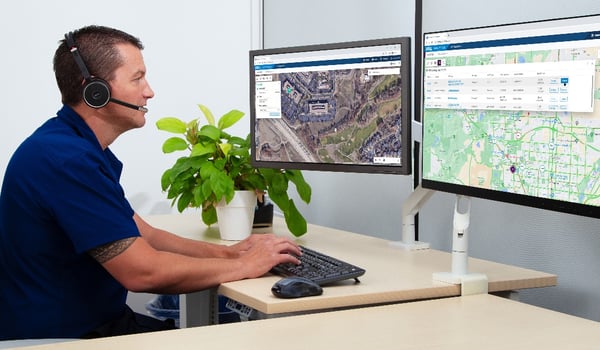4 Must-have Data Points for Dispatch-Billing Alignment and Maximum Reimbursement
How to Drive Your Ambulance Like an Eagle with the Right Stuff
Pilots are supposed to have the “Right Stuff
Was this information valuable?

Pilots are supposed to have the “Right Stuff.” Sometimes they do! Paramedics and EMTs also need to have these traits as well. Two EMTs in an ambulance responding to a call and two pilots on a flight have stunningly the same challenges. About the only difference from my perspective having done both, aviation and EMS, for many years is that one vehicle goes there faster than the other. A huge difference is that one of them has a high likelihood of arriving safely, and the other, not so much. We use to refer to Motor Vehicle Accidents (MVA), but now use the phrase Motor Vehicle Crash (MVC). Few of these crashes were an “accident.”
Do You Track Your EMS Agency’s Accidents?
There was a time when commercial aviation had a terrible safety record. Pilots made mistakes, we repeated them, and we hurt and killed way too many people. Barnstormers were admired for their recklessness. As commercial aviation grew, passengers demanded better safety. It took some time to change, and more has yet to be done, but in many regards EMS is, right now, at a similar turning point.
First, is there a problem with “accidents” where an ambulance crashes and hurts people? If there is no problem, don’t change a thing. According to the National Highway Traffic Safety Administration (NHTSA) tracking, on average, there are 12 crashes per day involving ambulances. About a third of this daily rate are injury accidents. Sadly, about 33 people per year are killed in ambulance crashes. How about your individual organization? Some places are so busy they don’t have time to track the problem.
Multiple Mistakes Typically Lead to Accidents
Is it necessary to reinvent the safety wheel to make things better? A crash in an airplane isn’t chalked up to “Bad Luck,” and neither is a crash in an ambulance. There is a “Swiss Cheese” analogy that is used in aviation accidents. A single mistake by an operator is rarely the single reason for an accident. It’s when a series of these Swiss cheese holes line up where if any one of them were out of place the accident might have been averted.
Put them together, and there is an accident. Let’s line up an example. The tones just dropped, you’re not familiar with the location, it’s raining, you’re responding Lights and Siren, the GPS is acting up, you’re trying to find the page on the map, and dispatch is asking what your off time is supposed to be—Wham. The holes in the Swiss cheese lined up. Sadly, this is an injury accident. A serious one. This is NOT just Bad Luck.
What Can EMS Do to Operate More Like Pilots?
Is flying on an airplane safe? Amazingly so, and lots of different ways are measured. What changes were made in aviation from the barnstormer days to turn this around? Are there changes that could apply and be used effectively by EMS? There is no magic bullet.
Watch the webinar recording for a glimpse on how aviation built its culture of safety. We’ve assembled a talented group that spans both EMS and aviation experience that will speak from first-hand knowledge. Listen in and expand your thinking.
Related Posts
How EMS Agencies Can Reframe Need and Refocus Resources With Geospatial Analytics
How To Minimize Radio Chatter and Reduce Guesswork With Smarter Dispatch Resource Management
ZOLL Pulse Blog
Subscribe to our blog and receive quality content that makes your job as an EMS & fire, hospital, or AR professional easier.
ZOLL Pulse Blog
Subscribe to our blog and receive quality content that makes your job as an EMS, fire, hospital, or AR professional easier.




